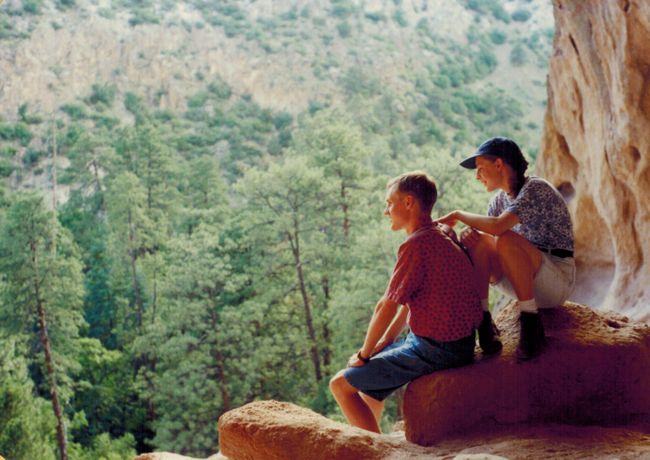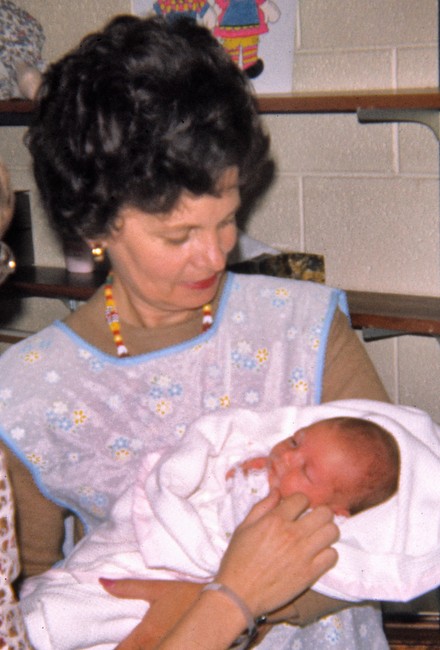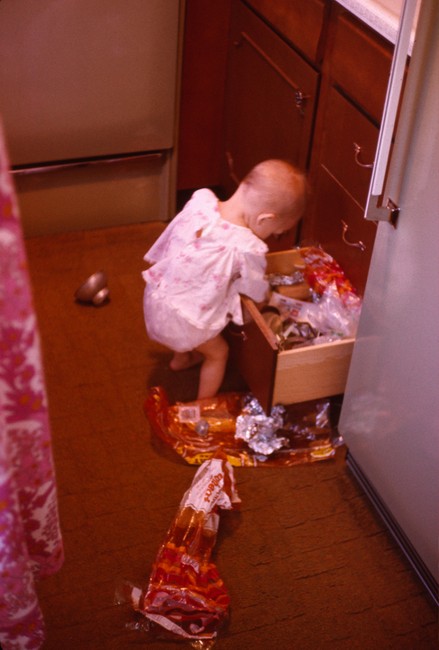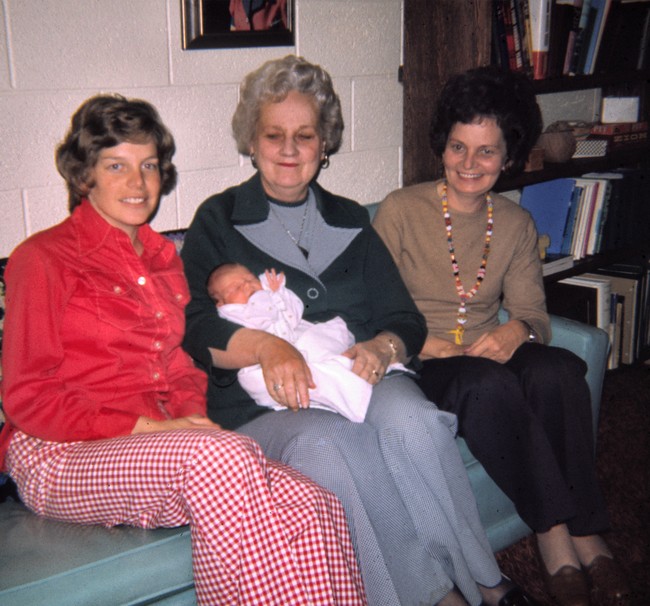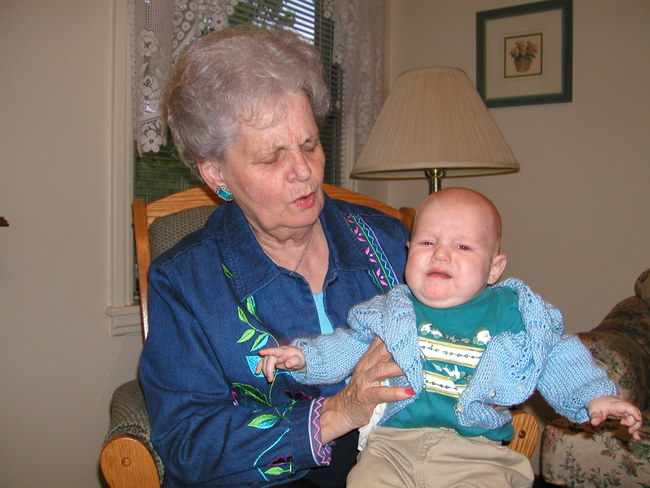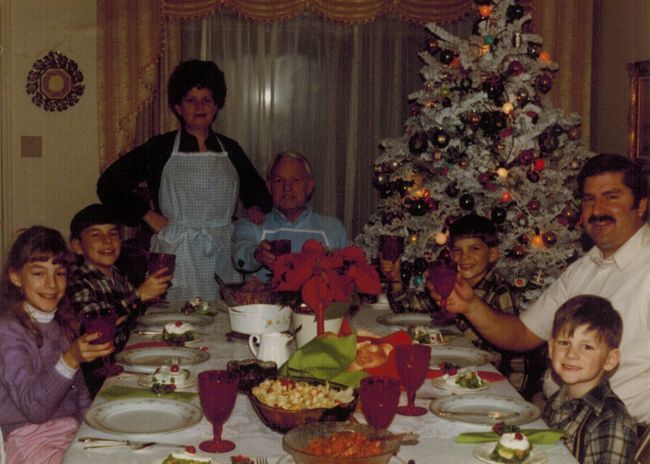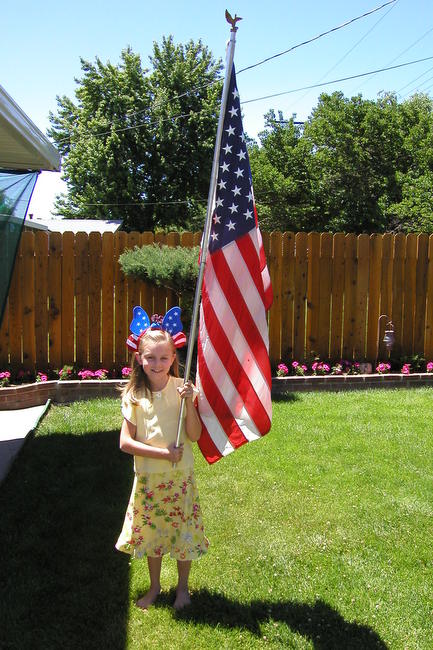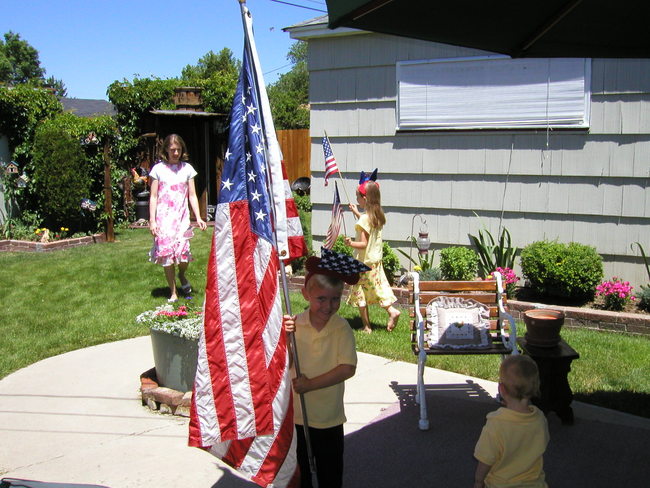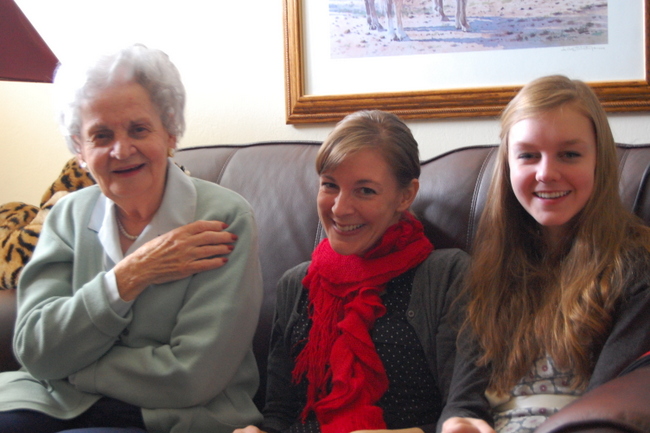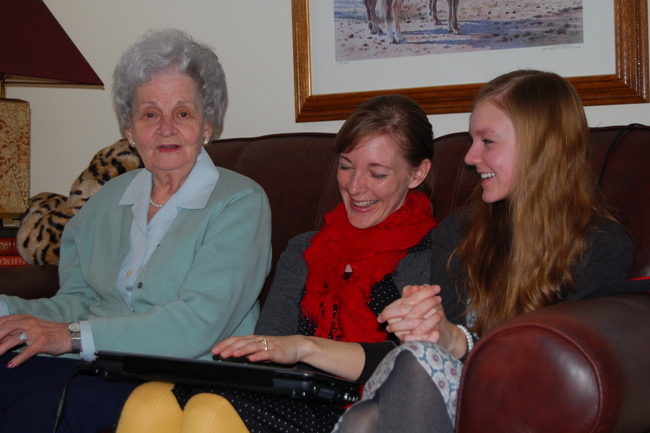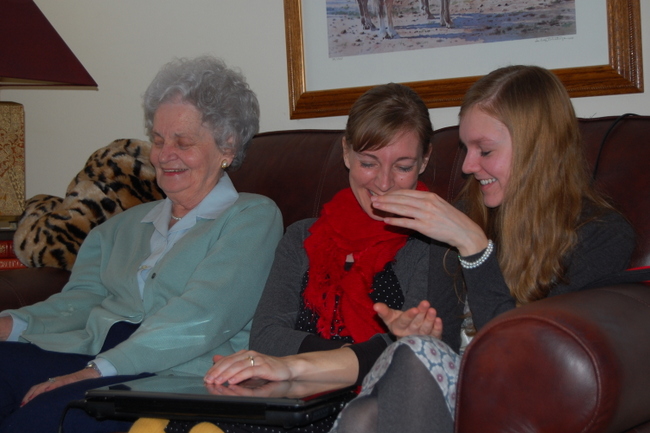My early years in Arizona were intense and isolated. I didn’t have a lot of friends and I was with the kids all day, every day. I was home schooling and Richard had many church obligations on Sunday and some weekday evenings. One evening, Richard took the three boys camping and Paige was at a friend’s house watching movies. I realized I would be alone all evening, and none of my children needed me.
I sat on the couch, and the silence hovered all around me. The piano wasn’t being played. The dishes were done. No one was asking me for a cup of milk or a bowl of goldfish crackers. The accumulated fatigue from my lifestyle seemed to settle like a frost, and my body, used to constant motion and focus, took its cue and didn’t feel like doing ANYTHING. I couldn’t settle on what to do with this time alone. I had lost excitement for things other than parenting that I loved to do.
I had hit a wall of exhaustion, and it would take more than one night alone to sort things out. But I did. I wasn’t always exhausted, but there was a pessimism that hounded me. I hope my experience can be helpful to someone else.
Now that the fog of those early parenting years is gone, I see more distinctly how stretched I was. To be clear, I loved playing with, teaching, reading to, and spending time with my children. But it was also very difficult. Writing my worries about the kids and my doubts in my parenting choices in my journal was a healthy outlet. I’d come away from a good journal-writing session feeling like the problems were expressed and solutions were on the way. I rarely took time to write about the good things about parenting in my journal, though, and that was something that needed to change.
Being tired, even exhausted, is a real part of being a parent of young children. Difficulty doesn’t necessarily mean something is bad. Those early years are a temporary marathon. If I could do it again, I wouldn’t feel ashamed of my personal need for solitude. I didn’t want to give the impression to anyone, especially the kids, that I saw parenting as a burden. But parenting IS a burden; it is a worthy, beautiful burden, and like any burden, it needs to be set down sometimes. I was wrong to think that taking some time away from the kids was selfish. It taxed my mental health to deny myself time with Richard and deny myself time alone. It created impossible dilemmas in my marriage. My prayers suffered. I could physically do the things I needed to do, but my spirit was faltering. I had developed a bad attitude about so many things.
I found my way out over the next few years by making some very minor adjustments in my life. There is nothing religious in my formula except a search for joy. I didn’t pray more or make huge efforts in temple work. I just decided to focus on the happy side of my story. I was still a stay at home mom with 4 children to educate. Richard was still busy at church. We were still living in the desert. All that changed was my attitude. The change came gradually because I did the following (these are links to old posts)*:
- began going on dates with Richard
- worked to create memories
- rediscovered literature
- made time for friendship
- cultivated a spirit of gratitude
- began writing in a positive way online
*If you are a parent of young children, perhaps your needs are different than mine. While I needed solitude, maybe you need more time with friends. I needed independence; a housekeeper or regular babysitter would have been too hard for me to accept. You may be different. Perhaps help around the house would be just the thing. Pride and comparison can get in the way of finding joy, too. It seems to me that the best thing to do is make a list of your interests, gifts, limitations, and dreams and make a plan. Finding joy can be as basic as smiling at a belligerent toddler instead of getting angry, or finding time to do something you love, even for one minute.
